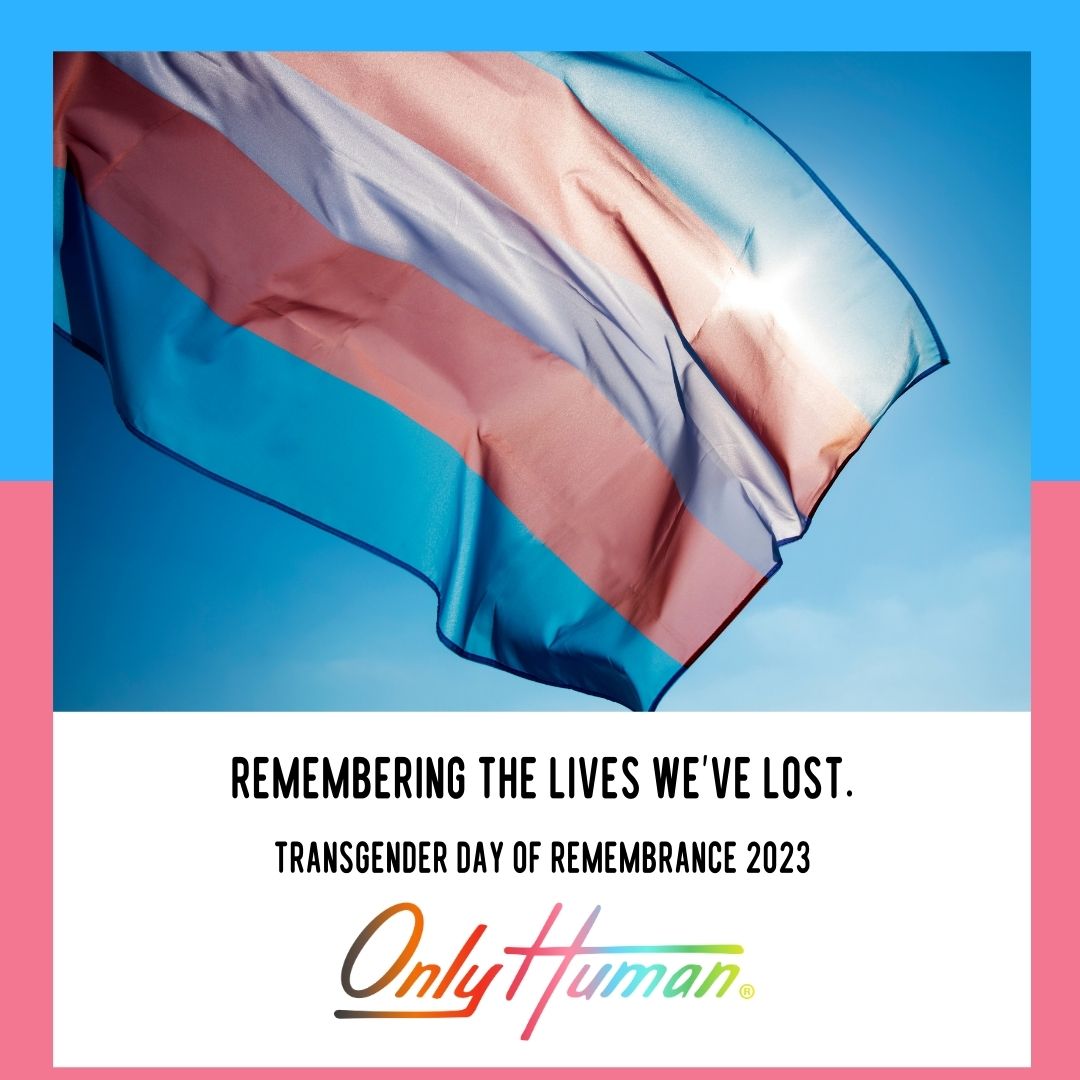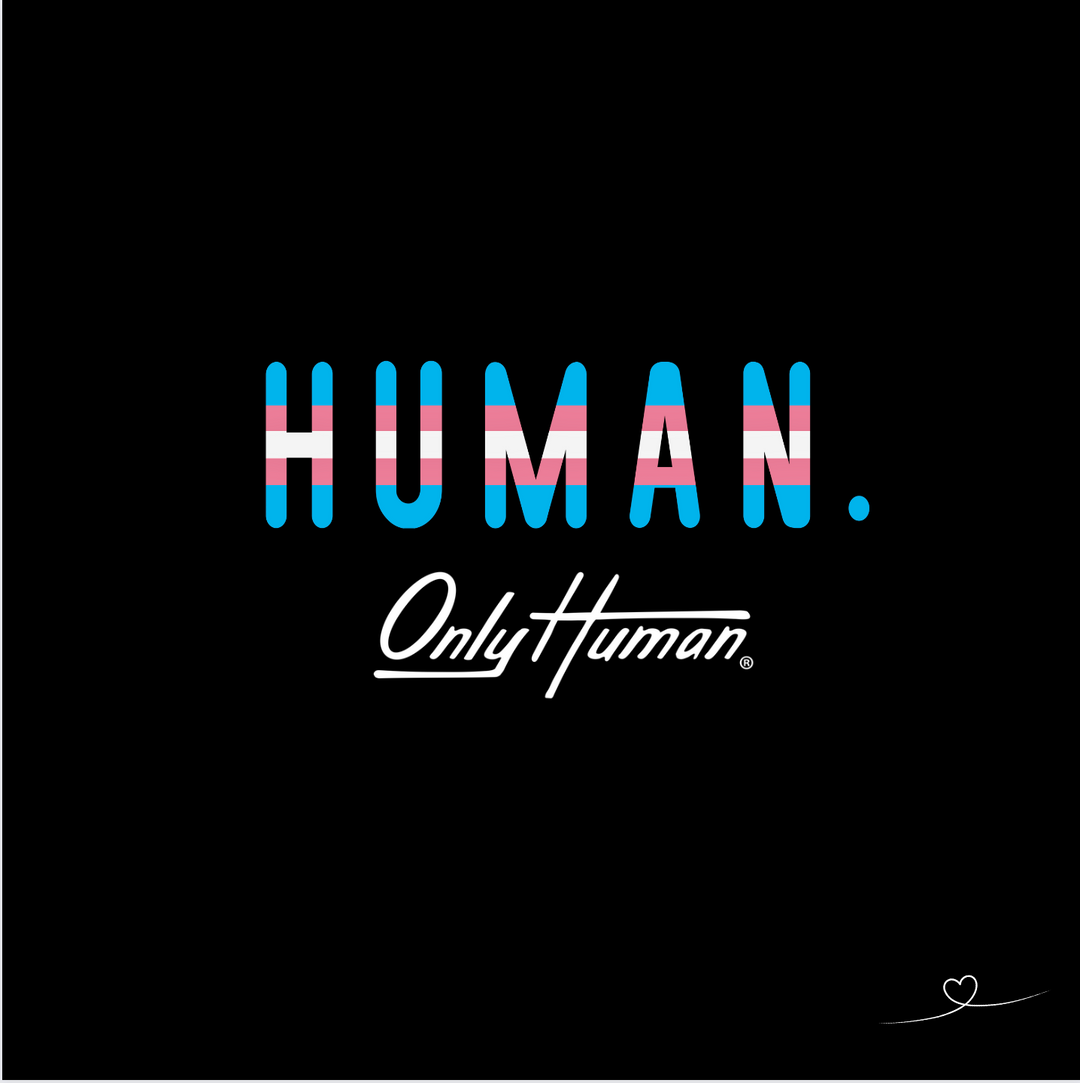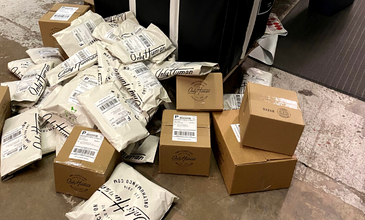Stories ·
Bringing Awareness Brings the Change

Name: Alyssa Valdez
Pronouns: She/Her
Instagram: alyssa_renaee
Hi, my name is Alyssa Valdez, but some call me Hot Wheels. On August 14th 2008, two weeks before my freshman year in high school, I was involved in an automobile accident that broke 3 vertebrae in my neck (C5, C6, C7), which left me paralyzed from the neck down. This meant I would be starting high school in a wheelchair.
A harsh reality that would soon become my new life. My New Life, that’s what I call it. I needed time to grieve the person I was before my accident because that Alyssa was gone. Once that happened, I was able to embrace my new life on wheels. During my two and a half months hospital stay, I began inpatient rehabilitation to start the transition into wheelchair life. This included things like learning how to sit up without my blood pressure dropping/passing out, how to hold things with little grip, how to dress myself, and how to start transferring in and out of my chair. We also worked on strengthening the upper body and core, rolling over to coming to sit by myself, and standing in the standing frame.
Then, I got discharged to outpatient rehabilitation so that I could return to high school. At this time, I had long leg braces that went all the way up my thighs. While at therapy we would work on skills like take the braces on/off, standing for minutes at a time, and even would take some steps. It all seemed very repetitive, nothing new. I started to feel discouraged. Another physical therapist that I had never met before came to evaluate me for discharge, but by the grace of God she found some movement in my lower legs and even a little in my ankles.
She looked at my mom and I said, “I cannot discharge her, she has movement in her legs.” Both of us were in tears because we always believed I would walk again someday. Now I found someone else who believed in me. The physical therapist who did my evaluation in 2009 was DPT Selina Morgan. We are currently in 2021, and she hasn’t been able to discharge me yet. Selina has become like a second mother. When it comes to our therapy sessions, we make a great team creating and navigating through our workouts.
Every year she asks me and a few other people with Spinal Cord Injuries to speak to the freshman class at UT Health San Antonio, who have entered the DPT Program. We share our story, do a few different skills and answer any questions the students have. One main thing I tell the future PTs is that don’t believe the books when they say, “whatever movement and strength you get back in the first six months is all you’re going to get back.” This can be so discouraging to someone who wants to get better. I am proof that if you have strength and determination, anything is possible. At the end of each class, Selina always asks me to show them how I get in/out of my vehicle, my hand controls (how I drive) and how I break down the chair to fit in my cute little Mazda. Students are always so surprised when I pop off the first tire to place it into the backseat.
Before my accident, I was a competitive cheerleader from the ages of six to thirteen, so fitness has always been a huge part of my life. Over the years, I would go to a regular gym in between therapy days to continue strengthening my upper body and core. However, the gym had mainly machines. So if I wanted to use a machine, someone would have to assist my transfer, which takes away from the independence of working out. Or you could ask for help, but sometimes that can be awkward, so usually, I’d just stay in my chair and use the dumbbells.
In June 2020, I started adaptive CrossFit. It has not only changed my body but my life. My coach is the best, she literally adapts every workout to fit my quadriplegic abilities. At first, it was intimidating being the only athlete in a wheelchair, but everyone welcomed me with open arms. They always offer to help gather or put back my equipment for me. Even though I normally do it myself. I attend a regular CrossFit class with nine other able-bodied athletes. It ignites the competitor in me to keep up with them during the workouts, but at the same time, it can be difficult maneuvering throughout the gym. Unfortunately, the gym isn’t wheelchair accessible nor does it have a handicapped restroom, so I have to plan accordingly when it comes to cathing and how much water I intake during the workout. This can be an inconvenience, but it’s the sacrifice I’m willing to make for an intense personalized workout with my gym family. Other wheelchair users have reached out asking what gym do I go to because they’ve seen a video on social media, but when I tell them about the restroom situation, it’s a deal-breaker, so it makes me wonder how many more adaptive athletes are ready to workout but just don’t have a designated adaptive gym.
This is why it’s so important to make the world more inclusive. We are barely starting to see inclusion in the athletic industry with models in chairs, a commercial with an adaptive athlete, but our community needs more representation. Kids with disabilities need to see adults that look like them. The world is full of people with disabilities, and not just spinal cord injuries. By bringing awareness, we can bring change.










Leave a comment